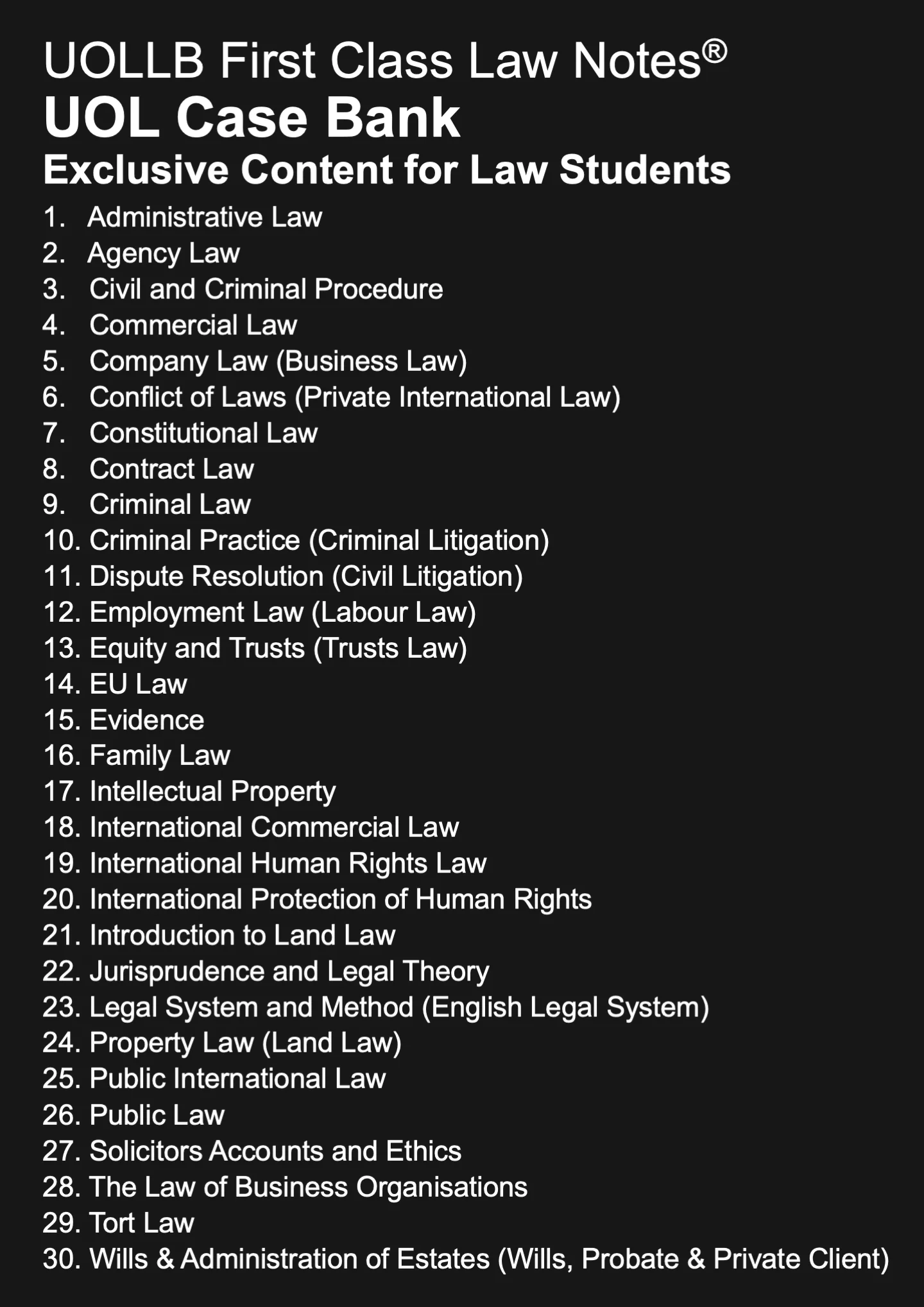Rule of Recognition
Share
In the intricate tapestry of legal systems, the rule of recognition serves as a fundamental pillar, providing the framework for identifying and validating legal norms within a given jurisdiction. Rooted in legal philosophy, the rule of recognition acts as a meta-rule that defines the criteria for determining the validity and authority of other legal rules. In this article, we embark on an exploration of the rule of recognition, unraveling its significance, characteristics, and implications for legal theory and practice.
Defining the Rule of Recognition
The rule of recognition, as conceptualised by legal philosopher HLA Hart in his seminal work The Concept of Law, refers to the criterion that distinguishes valid legal norms from mere social conventions or moral principles. According to Hart, every legal system contains an ultimate rule of recognition, which specifies the criteria for identifying authoritative legal rules and institutions. This meta-rule serves as the focal point for legal officials and practitioners in determining the validity and applicability of other legal norms.
Characteristics of the Rule of Recognition
Several key characteristics distinguish the rule of recognition from other legal norms and principles. Firstly, the rule of recognition is a social fact, meaning that its existence and content are determined by social practices and conventions within a given legal system. Unlike moral principles or natural laws, which may exist independently of human recognition, the rule of recognition derives its authority from social acceptance and adherence.
Secondly, the rule of recognition is a master rule that governs the entire legal system, providing a basis for identifying and interpreting other legal rules and institutions. Legal officials, such as judges, legislators, and legal scholars, rely on the rule of recognition to ascertain the validity and authority of legal norms, guiding their decision-making and interpretation of the law.
Implications for Legal Theory and Practice
The rule of recognition has profound implications for legal theory and practice, shaping the way we conceive of law, authority, and the relationship between state and society. One key implication is its role in providing legal certainty and predictability, as the rule of recognition establishes clear criteria for identifying valid legal norms and institutions. This facilitates compliance and enforcement, ensuring the stability and coherence of the legal system.
Moreover, the rule of recognition serves as a focal point for legal interpretation and adjudication, guiding judges and legal practitioners in resolving disputes and applying the law. By providing a common standard for determining legal validity, the rule of recognition promotes consistency and coherence in legal decision-making, enhancing the legitimacy and effectiveness of the legal system.
In conclusion, the rule of recognition stands as a cornerstone of legal systems, providing the framework for identifying and validating legal norms within a given jurisdiction. By specifying the criteria for legal validity and authority, the rule of recognition promotes legal certainty, predictability, and coherence, ensuring the stability and effectiveness of the legal system. As we continue to grapple with complex legal issues and challenges, the rule of recognition will remain central to ongoing debates in legal philosophy and jurisprudence, guiding our understanding of the nature and function of law in society.
Defining the Rule of Recognition
The rule of recognition, as conceptualised by legal philosopher HLA Hart in his seminal work The Concept of Law, refers to the criterion that distinguishes valid legal norms from mere social conventions or moral principles. According to Hart, every legal system contains an ultimate rule of recognition, which specifies the criteria for identifying authoritative legal rules and institutions. This meta-rule serves as the focal point for legal officials and practitioners in determining the validity and applicability of other legal norms.
Characteristics of the Rule of Recognition
Several key characteristics distinguish the rule of recognition from other legal norms and principles. Firstly, the rule of recognition is a social fact, meaning that its existence and content are determined by social practices and conventions within a given legal system. Unlike moral principles or natural laws, which may exist independently of human recognition, the rule of recognition derives its authority from social acceptance and adherence.
Secondly, the rule of recognition is a master rule that governs the entire legal system, providing a basis for identifying and interpreting other legal rules and institutions. Legal officials, such as judges, legislators, and legal scholars, rely on the rule of recognition to ascertain the validity and authority of legal norms, guiding their decision-making and interpretation of the law.
Implications for Legal Theory and Practice
The rule of recognition has profound implications for legal theory and practice, shaping the way we conceive of law, authority, and the relationship between state and society. One key implication is its role in providing legal certainty and predictability, as the rule of recognition establishes clear criteria for identifying valid legal norms and institutions. This facilitates compliance and enforcement, ensuring the stability and coherence of the legal system.
Moreover, the rule of recognition serves as a focal point for legal interpretation and adjudication, guiding judges and legal practitioners in resolving disputes and applying the law. By providing a common standard for determining legal validity, the rule of recognition promotes consistency and coherence in legal decision-making, enhancing the legitimacy and effectiveness of the legal system.
In conclusion, the rule of recognition stands as a cornerstone of legal systems, providing the framework for identifying and validating legal norms within a given jurisdiction. By specifying the criteria for legal validity and authority, the rule of recognition promotes legal certainty, predictability, and coherence, ensuring the stability and effectiveness of the legal system. As we continue to grapple with complex legal issues and challenges, the rule of recognition will remain central to ongoing debates in legal philosophy and jurisprudence, guiding our understanding of the nature and function of law in society.

























































